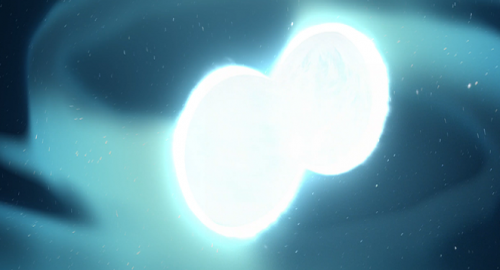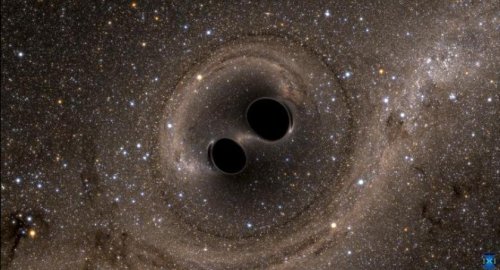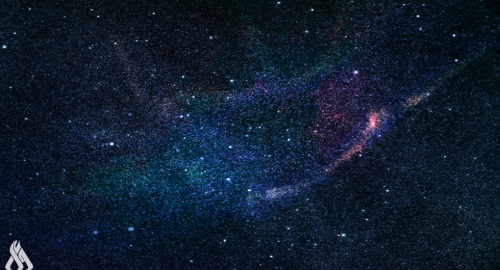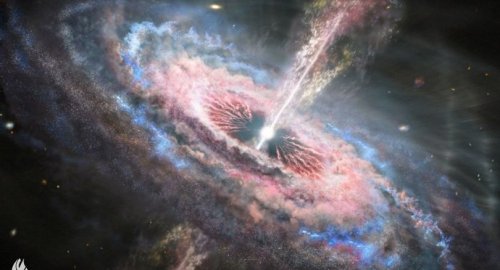
NASA’s Retired Compton Mission Reveals Superheavy Neutron Stars

- 11-01-2023, 19:10
INA – SOURCES
Astronomers studying archival observations of powerful explosions called short gamma-ray bursts (GRBs) have detected light patterns indicating the brief existence of a superheavy neutron star shortly before it collapsed into a black hole. This fleeting, massive object likely formed from the collision of two neutron stars.
“We looked for these signals in 700 short GRBs detected with NASA’s Neil Gehrels Swift Observatory, Fermi Gamma-ray Space Telescope, and the Compton Gamma Ray Observatory,” explained Cecilia Chirenti, a researcher at the University of Maryland, College Park (UMCP) and NASA’s Goddard Space Flight Center in Greenbelt, Maryland, who presented the findings at the 241st meeting of the American Astronomical Society in Seattle. “We found these gamma-ray patterns in two bursts observed by Compton in the early 1990s.”
A paper describing the results, led by Chirenti, was published Monday, Jan. 9, in the scientific journal Nature.
A neutron star forms when the core of a massive star runs out of fuel and collapses. This produces a shock wave that blows away the rest of the star in a supernova explosion. Neutron stars typically pack more mass than our Sun into a ball about the size of a city, but above a certain mass, they must collapse into black holes.
Both the Compton data and computer simulations revealed mega neutron stars tipping the scales by 20% more than the most massive, precisely measured neutron star known – dubbed J0740+6620 – which weighs in at nearly 2.1 times the Sun’s mass. Superheavy neutron stars also have nearly twice the size of a typical neutron star, or about twice the length of Manhattan Island.
The mega neutron stars spin nearly 78,000 times a minute – almost twice the speed of J1748–2446ad, the fastest pulsar on record. This rapid rotation briefly supports the objects against further collapse, allowing them to exist for just a few tenths of a second, after which they proceed to form a black hole faster than the blink of an eye.
S. Korea plans $2 bn emergency aid for auto sector hit by U.S. tariffs
- International
- 08:58
U.S. revokes all visas for South Sudanese citizens
- International
- 08:00
Valencia knocks out Real Madrid in La Liga
- Sport
- 09:09
Al-Amiri warns of any war between Iran and the US
- politics
- 25/04/01
ChatGPT temporarily down due to pressure from cartoon trend
- Articles
- 25/03/30












